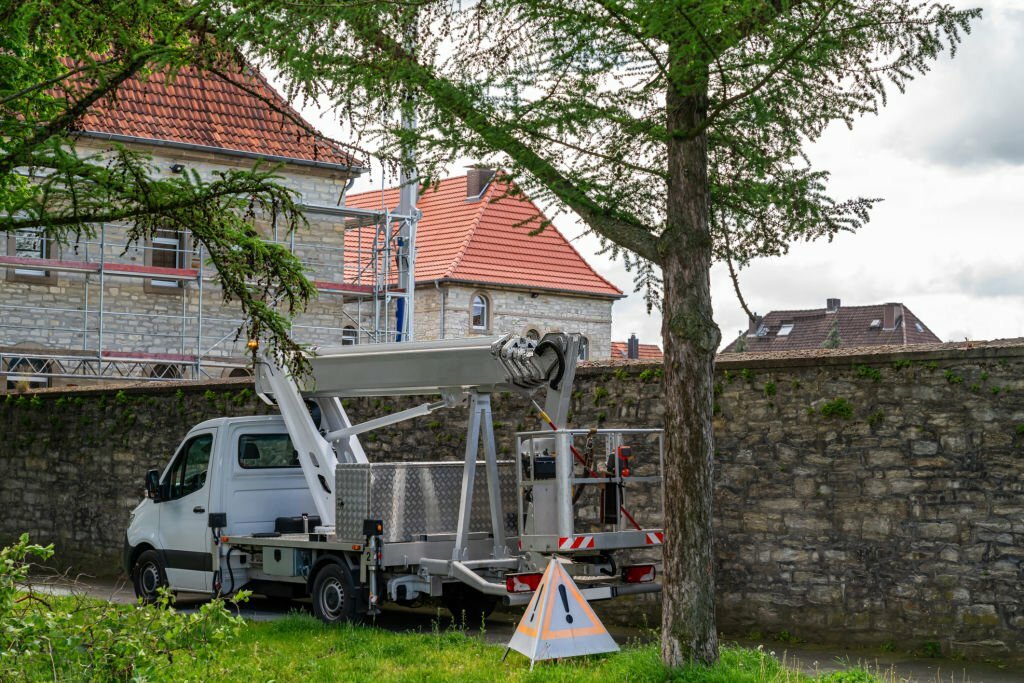A brick fence adds a classic and elegant touch to any property. However, cracks and damage can occur over time due to various factors, such as weather conditions, ground settling, or even accidental impact. It is crucial to address these issues promptly to ensure your fence’s structural integrity and aesthetic appeal. This article will discuss common types of brick fence damage and how to fix them effectively.

One of the most common problems with brick fences is the appearance of vertical cracks. These cracks can occur due to the natural settling of the ground or temperature changes. While small cracks may not pose an immediate threat, they can worsen over time if not fixed promptly. To repair vertical cracks, you will need to remove the damaged bricks and replace them.
Start by carefully removing the cracked bricks using a chisel and hammer. Be cautious not to damage the surrounding bricks. Once the damaged bricks are removed, clean the area thoroughly to remove any loose debris or mortar. Then, apply a layer of mortar to the cavity and press the new brick firmly into place. Ensure that the new brick is aligned with the existing bricks and allow the mortar to dry completely before continuing with the repair.
Another common issue with brick fences is the appearance of horizontal cracks. Horizontal cracks can signify more severe structural issues, such as foundation problems or excessive pressure on the fence. If you notice horizontal cracks, it is essential to consult a professional to assess the situation and provide the most appropriate solution.
In some cases, brick fences may experience damage in the form of loose or missing mortar joints. When mortar joints deteriorate, it can compromise the stability and appearance of the fence. To repair this type of damage, you must remove the damaged mortar and replace it with fresh mortar.
Carefully chip away the old mortar from the joints using a chisel and hammer. Be cautious not to damage the bricks during this process. Once the old mortar is removed, clean the joints thoroughly with a wire brush to ensure a strong bond with the new mortar. Mix the mortar according to the manufacturer’s instructions and apply it to the joints using a trowel. Smooth the mortar joints with a jointing tool or a rounded stick to achieve a neat and uniform finish. Allow the mortar to cure for several days before subjecting the fence to pressure or stress.
In addition to cracks and mortar damage, brick fences can also experience spalling. Spalling is when the face of the brick starts to chip or flake off, leaving the wall looking worn and deteriorated. Spalling can occur due to moisture penetration, freeze-thaw cycles, or improper cleaning chemicals. To repair spalled bricks, you must remove the damaged face and replace it with a new one.
Using a chisel and hammer, carefully chip away the damaged face of the brick. Be cautious not to damage the surrounding bricks. Once the damaged face is removed, clean the area thoroughly to remove any loose debris. Apply a layer of mortar to the cavity and press a new brick face into place. Ensure that the new look aligns with the existing bricks and allow the mortar to dry completely before continuing with the repair.
In conclusion, brick fence repair is essential to maintain your property’s structural integrity and visual appeal. Whether you are dealing with vertical or horizontal cracks, loose mortar joints, or spalled bricks, addressing these issues promptly is crucial. By following the steps outlined in this article, you can effectively repair common types of brick fence damage and ensure the longevity of your fence. Remember, if you encounter more severe damage or are unsure of the repair process, it is always best to consult a professional for expert guidance.